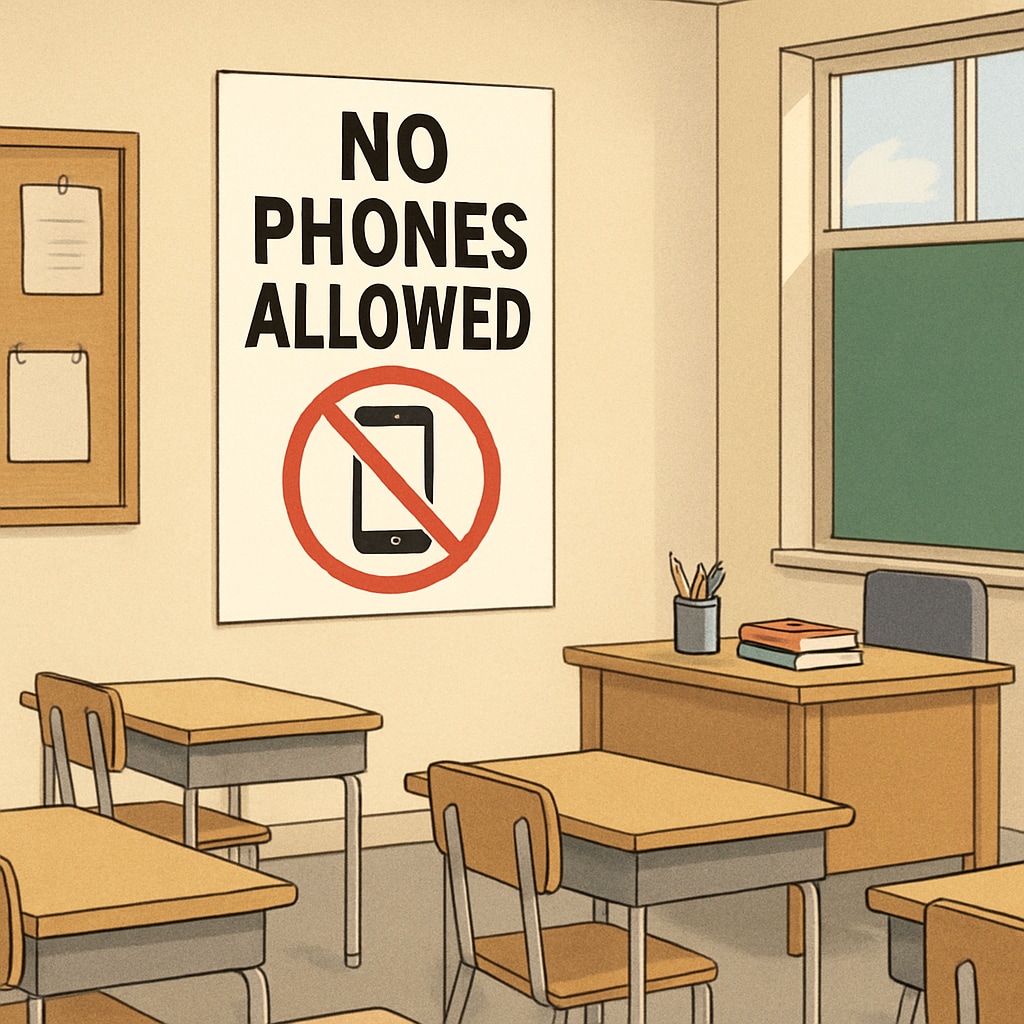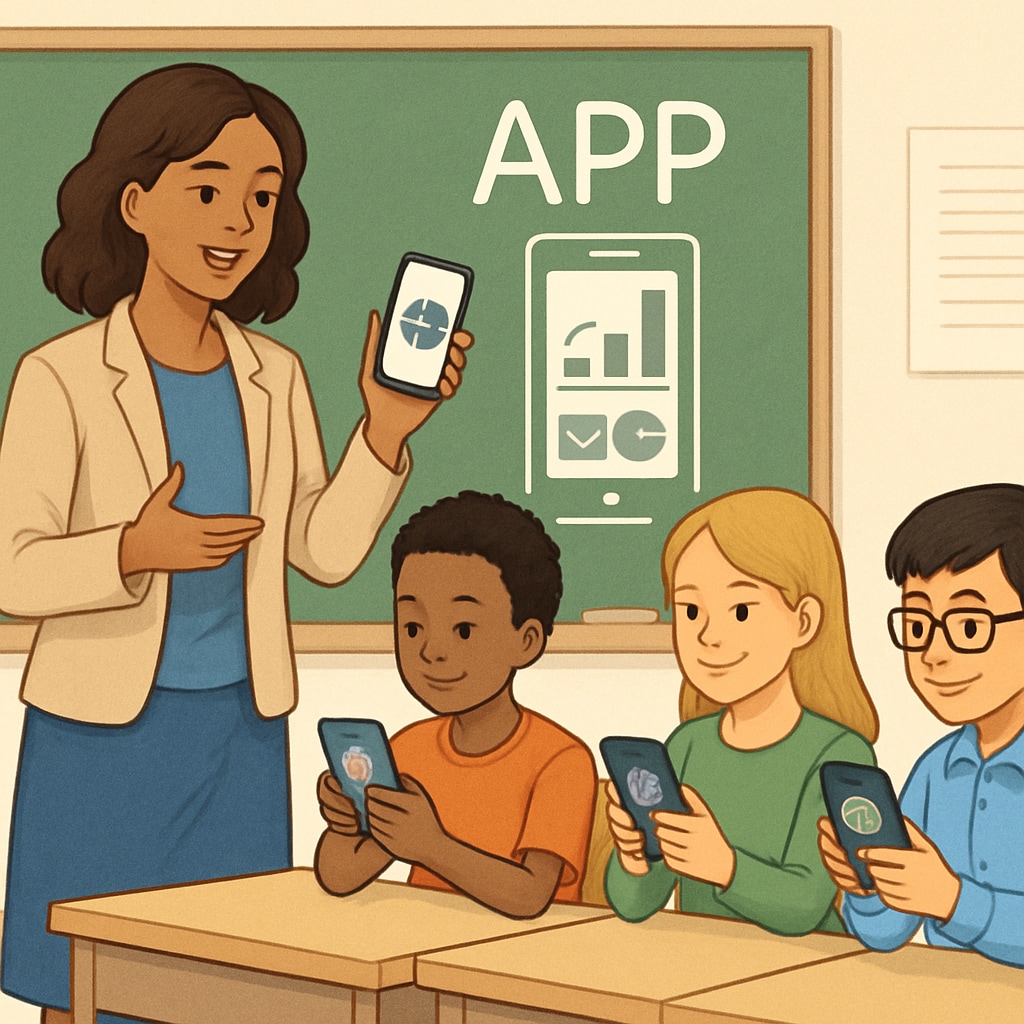As school phone bans gain momentum across states, it’s imperative to examine whether these policies truly address the core challenges in K-12 education or simply create the illusion of a solution. While proponents of these bans argue that they enhance school safety, reduce distractions, and allow better use of educational resources, critics suggest such measures may overlook deeper systemic issues. Moreover, the implications on student privacy and equitable access to education deserve closer scrutiny. This article explores the multidimensional impacts of school phone bans and proposes more inclusive and forward-thinking alternatives.
The Promises and Pitfalls of School Phone Bans
School phone bans are often justified with several compelling arguments. Advocates claim they reduce cyberbullying, minimize classroom disruptions, and foster safer learning environments. For example, a Britannica article on cyberbullying highlights the significant role of smartphones in facilitating online harassment among youth. By removing phones, schools aim to mitigate these risks.
However, the effectiveness of such bans is not without question. For instance, a 2019 study from the London School of Economics found that while phone bans marginally improved test scores among struggling students, they had little to no impact on high-performing students. Additionally, enforcement remains a challenge, as many students find ways to circumvent the rules. This raises the question: Are we addressing the root of the problem, or merely treating its symptoms?
- Positive outcomes: Decreased distractions, fewer instances of cyberbullying, and enhanced focus during lessons.
- Negative outcomes: Resistance from students, logistical challenges in enforcement, and the potential for inequitable policy impacts.

Deeper Issues Beyond the Ban
While phone bans may seem like a quick fix, they often fail to tackle underlying educational challenges. For example, many schools lack adequate educational resources to engage students meaningfully. In such cases, banning phones can exacerbate the problem by removing a valuable tool for learning. Smartphones, when used responsibly, can serve as powerful aids for research, collaboration, and skill-building.
Moreover, the issue of student privacy is often overlooked. Strict enforcement of phone bans can lead to invasive practices, such as searching students’ belongings. These actions not only infringe on privacy but can also damage trust between students and educators. As a result, fostering a positive school climate becomes increasingly difficult.
Finally, phone bans may disproportionately affect low-income students who rely on their devices for accessing online learning platforms and other digital resources. This creates an equity gap, as wealthier students often have alternative tools like laptops or tablets.
Inclusive Alternatives to Blanket Bans
Rather than outright bans, schools could adopt more balanced policies that leverage technology’s potential while minimizing its drawbacks. Below are some alternative approaches:
- Digital literacy programs: Teach students how to use smartphones responsibly and ethically.
- Designated phone usage zones: Allow limited phone use during breaks or in specific areas to reduce classroom distractions.
- Technology-integrated curricula: Incorporate smartphones into lesson plans to enhance engagement and learning outcomes.
- Clear privacy guidelines: Establish transparent rules to protect students’ privacy rights while maintaining order.
These alternatives not only address the concerns associated with phone use but also prepare students for a technology-driven world. By emphasizing education over restriction, schools can create an environment that values both discipline and innovation.

In conclusion, while school phone bans aim to tackle legitimate concerns like cyberbullying and classroom disruptions, they often fail to resolve deeper systemic issues in education. To create a meaningful impact, policymakers and educators must focus on inclusive strategies that balance discipline with the benefits of technology. By doing so, we can address the root causes of educational challenges and prepare students for a future where technology plays an integral role in their lives.
Readability guidance: This content uses short paragraphs and bulleted lists to improve clarity. Passive voice and long sentences are minimized, and transitions (e.g., “however,” “in addition”) are used for better flow.


